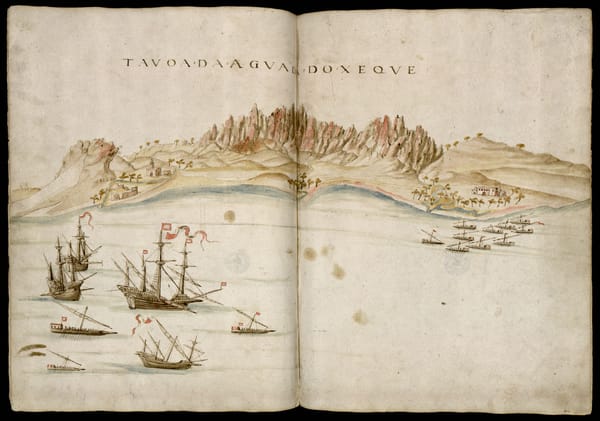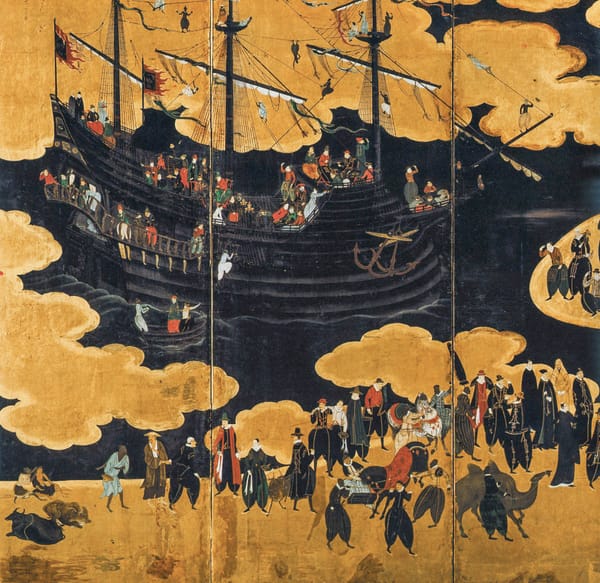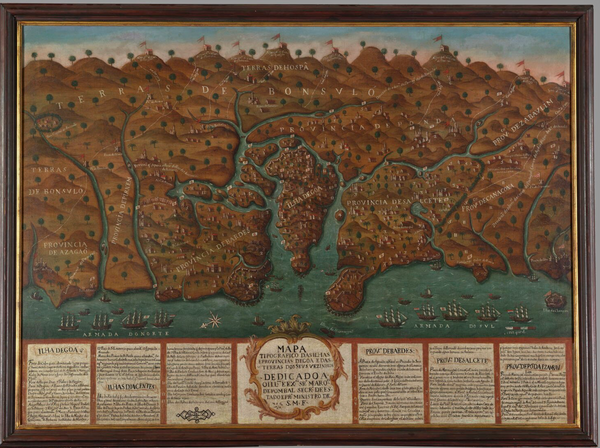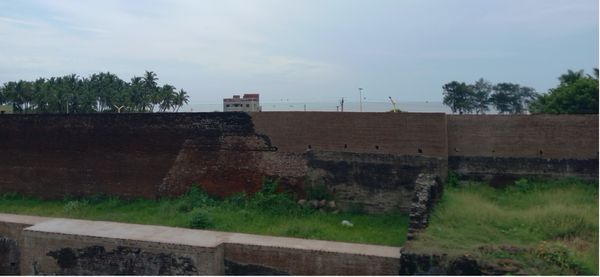Early French Endeavours in Global Asia and the Creation of the Compagnie des Indes Orientales (1664)
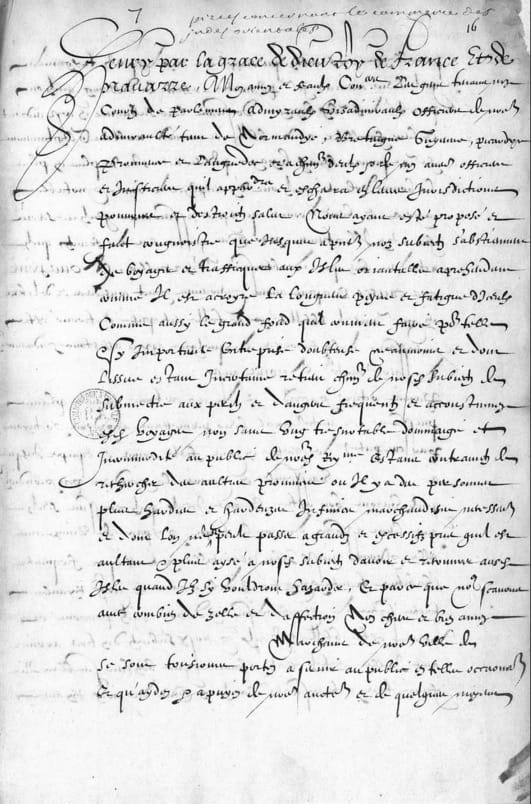
The French are often described as latecomers in the world of global Asia and its trade during the early modern period. Standard historical accounts tend to posit that it was only with the creation by Colbert in 1664 of the “Compagnie des Indes Orientales” that France began to capture a small portion of the riches to be gleaned from this burgeoning field of global commerce.
But the prominence of Colbert’s project — even if it ultimately enjoyed only mixed successes — has somewhat eclipsed the history of earlier French endeavours in Asia which took place at the start of the seventeenth century. A series of voyages to the Indian Ocean and the Indonesian Archipelago led to the creation in 1604 by the king of France Henry IV of the “Compagnie française des Indes orientales”. Was this trading company successful? Did the voyages lead to the creation of French trading outposts in maritime Asia? Who was involved in the voyages? This blog post is the story of a failure, another French failure one might say. However, it suggests that Henry IV’s attempts to position France in the trading world of Asia was foundational for the future history of “the” Compagnie des Indes.
Going East: From Saint-Malo to Indonesia
The history of this first Compagnie des Indes started in Britany, with a group of rich merchants from three flourishing towns at the time, Vitré, Laval and Saint-Malo. Vitré and Laval were the two major centres of a whole region that was specialised in the production of cloth, toiles, made from linen and hemp. These cloths were used to make sail cloth that were exported through the maritime gateway of the region, Saint-Malo. Thanks to economic privileges granted by the Kings of France, Saint-Malo was integrated to the circuits of the early modern global economy. The privateers had paved the way to a group of bourgeois merchants who were trading with northern Europe, the Mediterranean and the Iberian Peninsula. The “Messieurs” de Saint-Malo as they were called at the court of France derived significant profits from cod fishing in Newfoundland. Already by the beginning sixteenth century, they exported the toiles of Vitre and Laval beginning to the new world, thanks to a network of Malouins who had settled in the ports of the Iberian monarchy. It is in one of their bases, Cadix, that they had gradually witnessed the arrival on Portuguese and Spanish ships of a new range of commodities from the East, and notably spices.
It is therefore not surprising that in November 1600, a group of merchants from Saint-Malo, Laval and Vitré created a trading company with a capital of 80 000 ecus with the aim of getting a share of the spice trade that was a Portuguese chasse-gardee with the Estado Da India. This was a private endeavour that did not receive any financial support from the French Crown. If the Edict of Nantes of 1598 had brough an end to wars of religion, the Kingdom of France had been devastated by thirty years of religious conflicts between French Huguenots and Catholics.

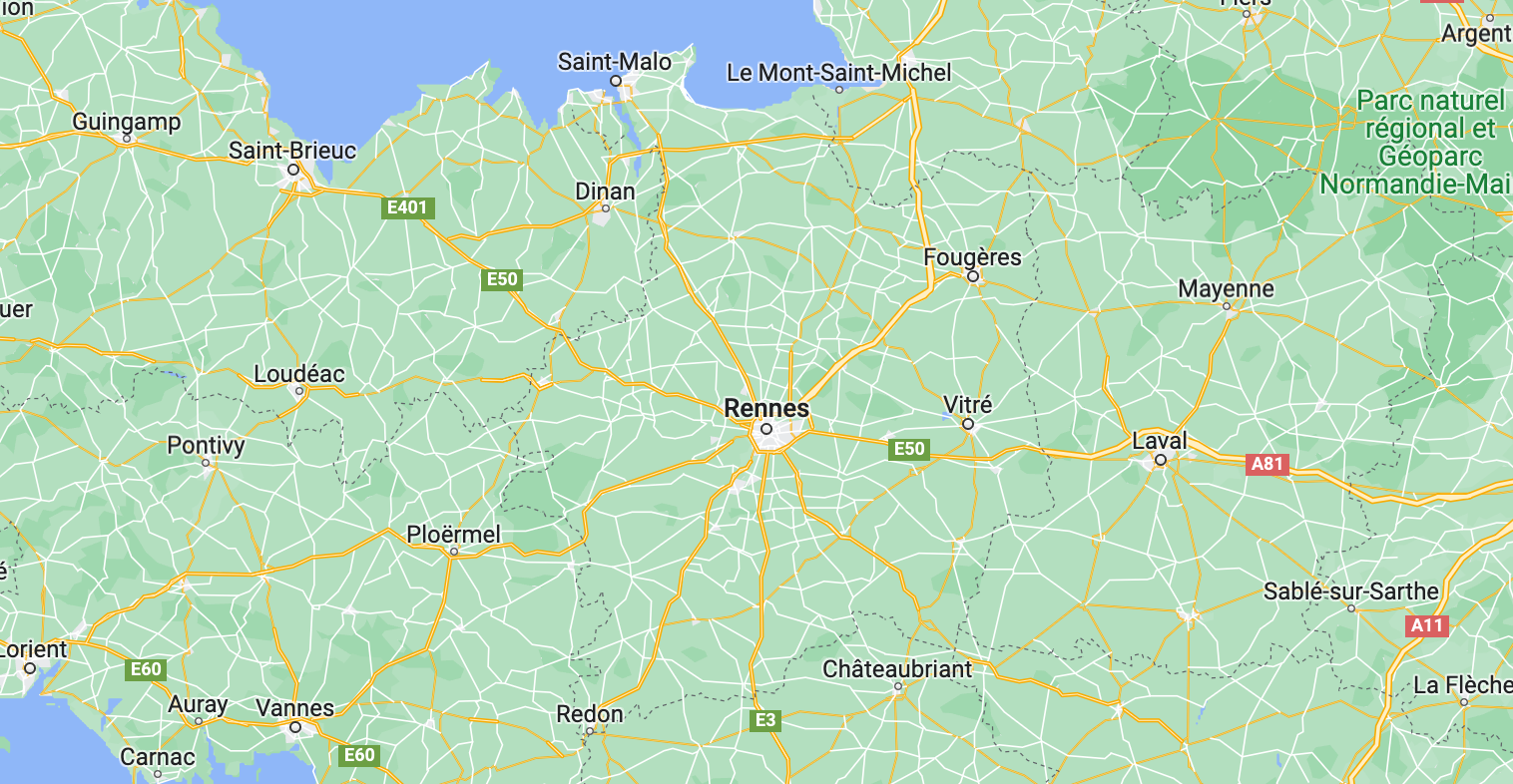
The company funded the voyages of two ships, the Croissant and the Corbin, that left Saint-Malo in May 1601, with the Molucca islands as their final destination. The history of these two voyages is known thanks to the relations of two men who took part in this expedition, Francois Pyrard and Francois Martin. Martin’s account, titled Description du premier voyage faict aux Indes Orientales par les François en l’An 1603, appeared in 1604 with a dedicace to Henri IV. Pyrard published his Discours du voyage des François aux Indes Orientales in 1611 and dedicated to Marie de Medicis who ruled France on behalf of her son, the young Louis XIII.
Both Pyrard and Martin came from a bourgeois background. Pyrard was from a family of Laval who had made a small fortune in textile and in the famous toiles. Martin was born in Vitré, into a family of doctors and apothecaries.
As the reader can gather from the two narratives, the expedition was a disaster. None of the ships came back and only fifteen people survived. The Croissant and the Corbin were attacked by the Portuguese during a stopover in the summer of 1601 at the island of Annobon, on the Gulf of Guinea. The two ships were then badly damaged by rough weather around the Cape of Good Hope, before the Corbin sunk near the Maldives in July 1602. Pyrard was amongst a group of men from the Corbinwho were held prisoners for four years in the Maldives. It was the beginning of a modern odyssey that Pyrard narrates in his book. After managing to escape the Maldives, he travelled to Bengal and Malabar, where in Calicut he was taken prisoner by the Portuguese. Enrolled on a Portuguese ship, Pyrard sailed to Ceylan, Malacca and the Sunda Islands before returning to Goa. At Goa, he was forced to embark on a Portuguese ship that sank along the coast of Brazil, from where he managed to return to Laval in 1611. Martin’s voyage on the Croissantwas somehow less adventurous. The ship arrived in Sumatra in February 1602, where a significant number of crew members died of tropical diseases, before leaving for France nine month later, in November, with a small cargo of pepper. The Croissant was so damaged that the remaining crew members abandoned it before sailing back to Plymouth on a Dutch ship, from where Martin returned to Brittany.
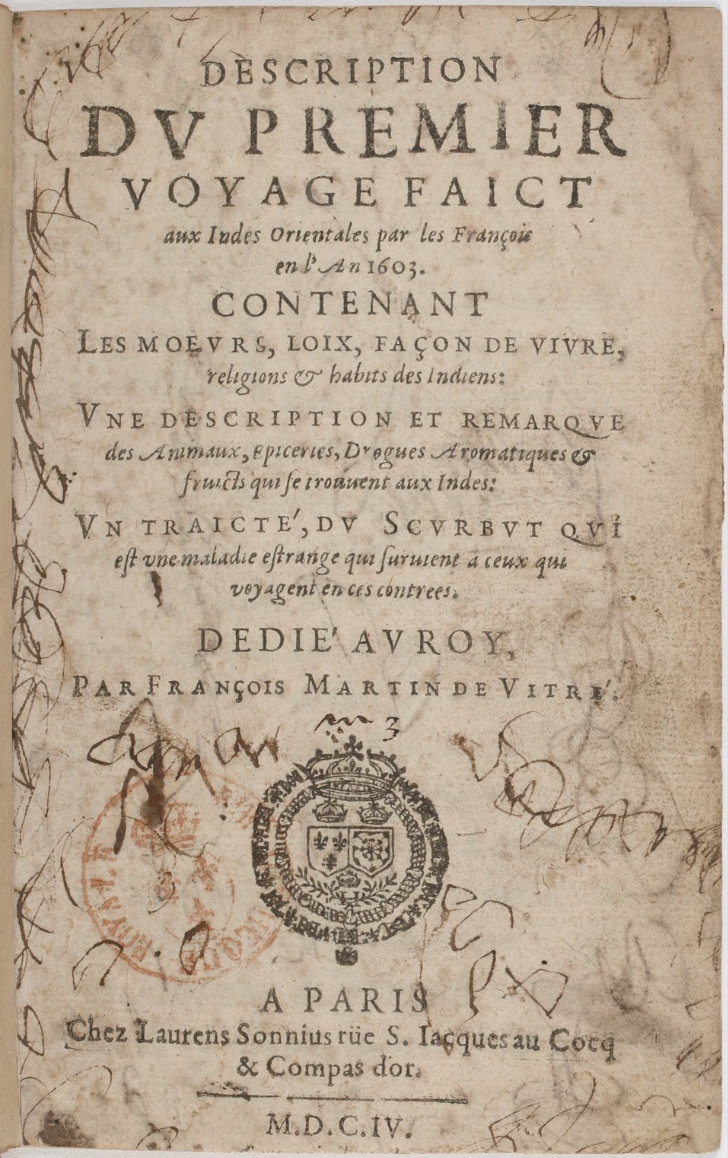
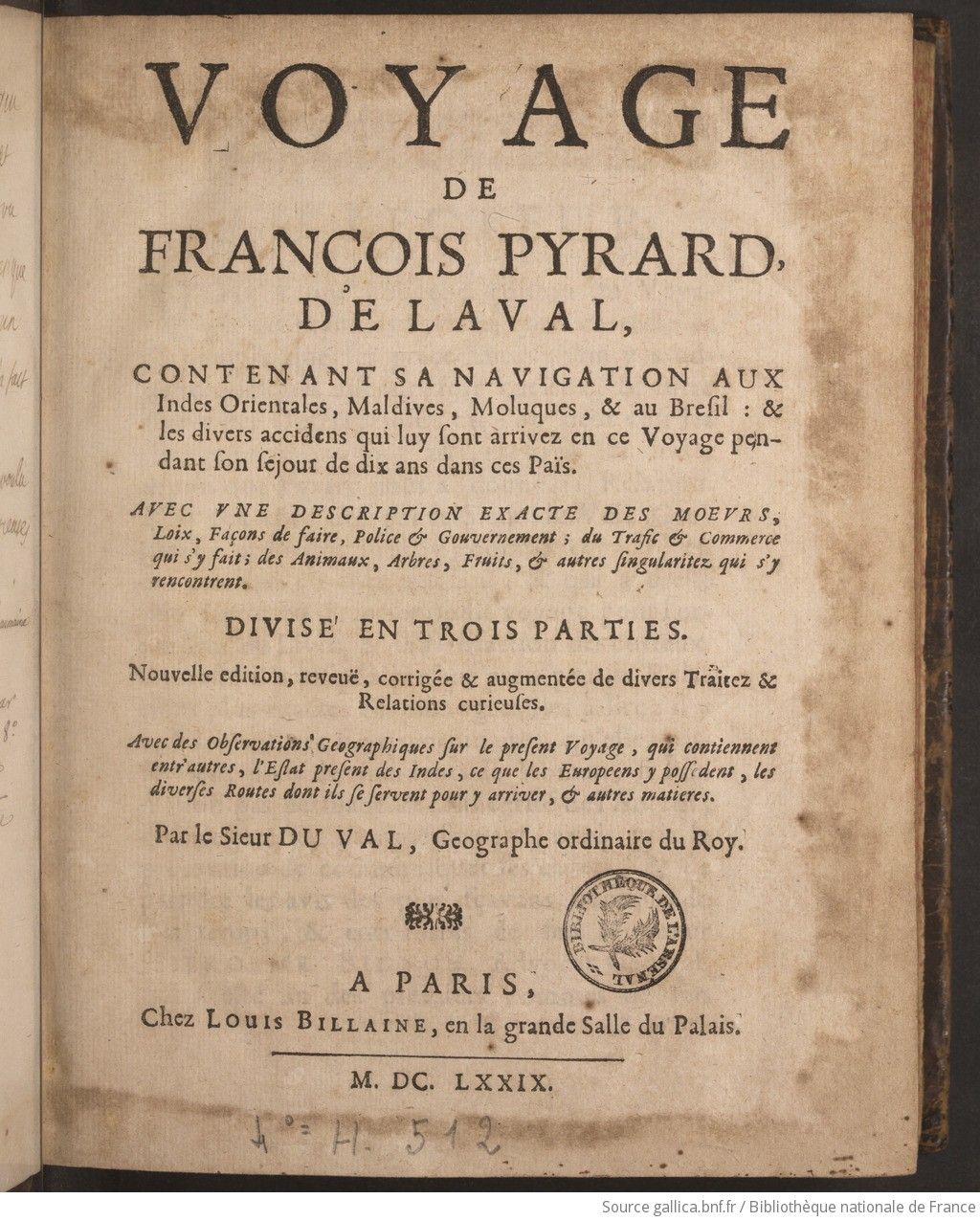
Private merchants, French mercantilism and the first Compagnies des Indes
Henri IV turned the failure of the expedition of the Croissant and the Corbin into a success. He used mostly Martin’s narrative to convince his entourage of the need for France to have its own chartered company for the trade with the East, imitating the models of the English East India Company (1601) and of the VOC (1602). Henri IV was, contrary to what a certain historiography has tended to argue, very much interested in the prospects of overseas expansion and trade for France.
In June 1604, the King granted a company of private merchants a series of economic privileges by a series of lettres patentes. This event marked the creation of the first Compagnie francaise des Indes orientales, which received from the king a monopoly on French navigation with the Indes orientalesfor fifteen years. Brest was supposed to become the Company’s headquarters. However, the Compagnie des Indes orientales was a short-lived endeavour. During its ten years of existence, not a single ship left France for Asia. However, Henri IV’s initial project continued to exist through a new iteration, the Compagnie des Moluques, founded in July 1615 by his son Louis XIII. From Normandy, the Compagnie sent three ships to India and two to Indonesia between 1616 and 1622. The voyages of the Saint-Michel and the Saint-Louiswere successful despite the hostility of the Dutch in Indonesia, with some Malouinssettling in Bantam with the aim of creating a small trading outpost, and the ships coming back with profits and spices. These successes paved the way to the creation by the Cardinal of Richelieu, Louis XIII’s minister, of the Compagnie d’Orient in 1642. It is with the Compagnie d’Orient that the French started to create small trading establishments in Madagascar, La Reunion and Mauritius.
None of these compagnies were very successful. When the French were struggling to put together expeditions bound for global Asia, the EIC and VOC had already founded successful factories in India and the terraqueous spaces of Indonesia. However, it is undeniable that the voyages and the endeavours of the French who sailed to the Indian Ocean World and East Asia help set the conditions for Colbert’s project which was born at Versailles in 1664. This early history also shows the role of private merchants into forging a political economy for France’s latter expansion overseas. Normandy, Brittany and their ports -Le Havre, Saint-Malo, Honfleur, Dieppe and Lorient- and the Malouins would continue to play an important role for the history of the different iterations of the Compagnie des Indes. Far for being uninterested into the mercantilist projects of the French royal state, private traders on the contrary contributed to forge them.
Bibliography
Guillaume Lelièvre, Les précurseurs de la Compagnie française des Indes orientales: 1601-1622 (Caen: Presses Universitaires de Caen, 2021).


